Photos: These Mammal Ancestors Glided from Jurassic Trees
Ancient flyers
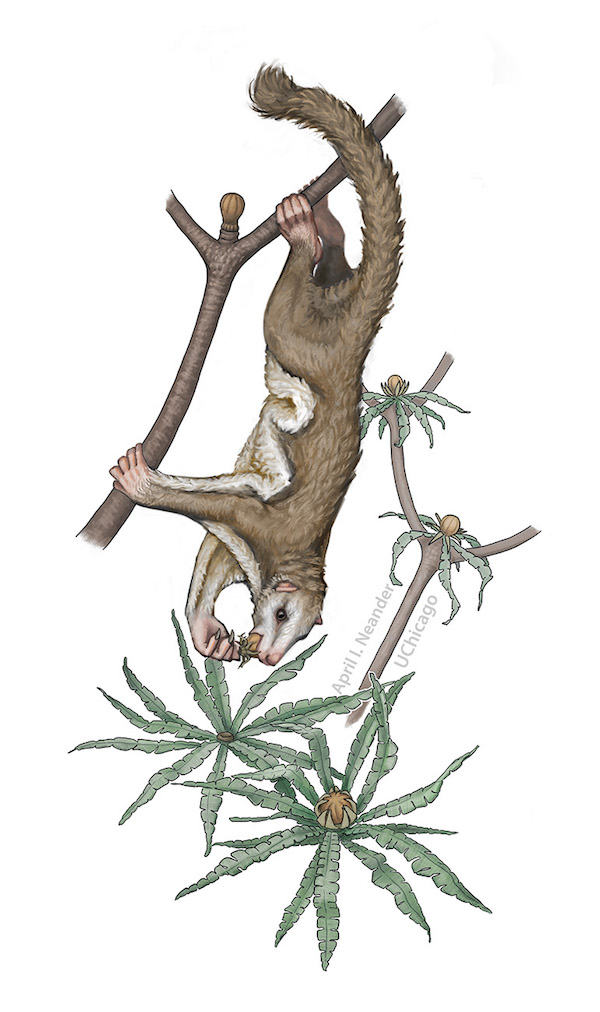
Long before there were flying squirrels, ancient mammal-like animals glided from tree to tree.
During the Jurassic period, about 160 million years ago, these creatures used the skin between their forearms and hind limbs to glide around the forest, searching for seeds or soft plant parts to eat.
These newly discovered creatures — named Maiopatagium furculiferum and Vilevolodon diplomylos — show that early mammals were diverse and adapted to live life high in the air, the researchers said. [Read the Full Story on the Furry, Flying Creatures]
Fossil map

The location of the Daxishan fossil site in Liaoning Province and Nanshimen fossil site in Hebei Province, China, where the Maiopatagium furculiferum and Vilevolodon diplomylos specimens were found.
Gliding animal
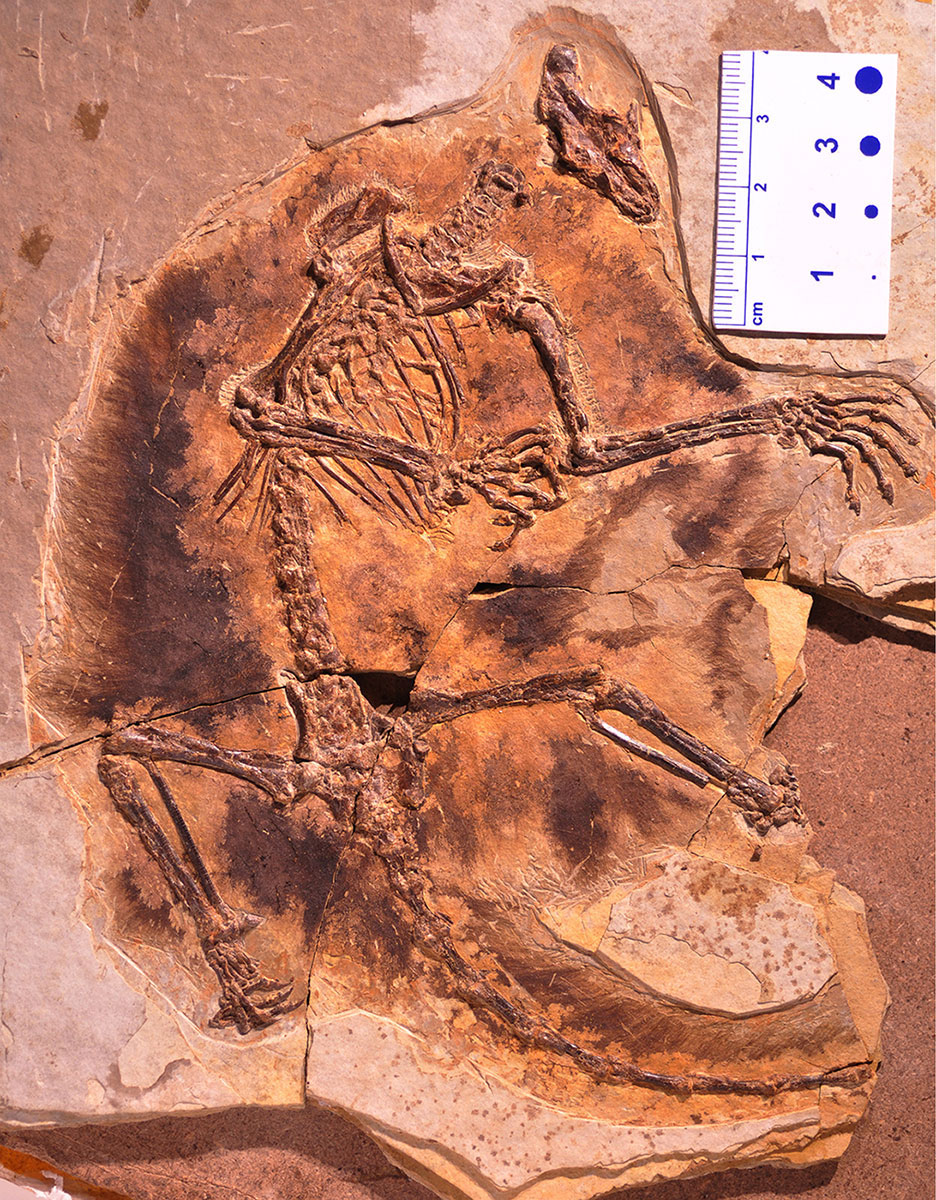
The gliding animal Maiopatagium furculiferum is now housed at the Beijing Museum of Natural History.
Arboreal life
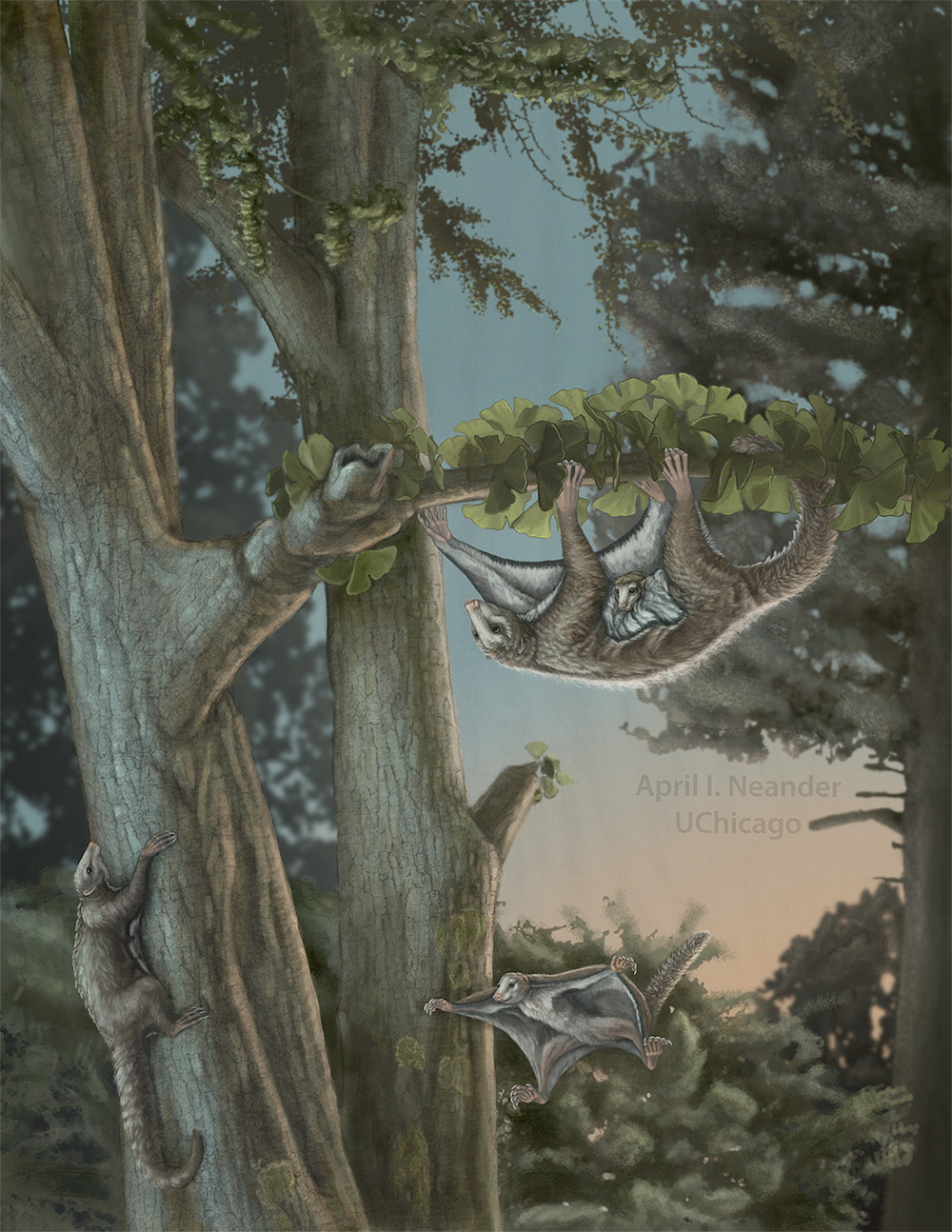
Maiopatagium furculiferum was likely most active during the crepuscular hours of dawn and dusk. The animal likely used its long, agile arms and fingers to climb trees. When it spread out its limbs and jumped, it could glide from tree to tree.
Glider anatomy
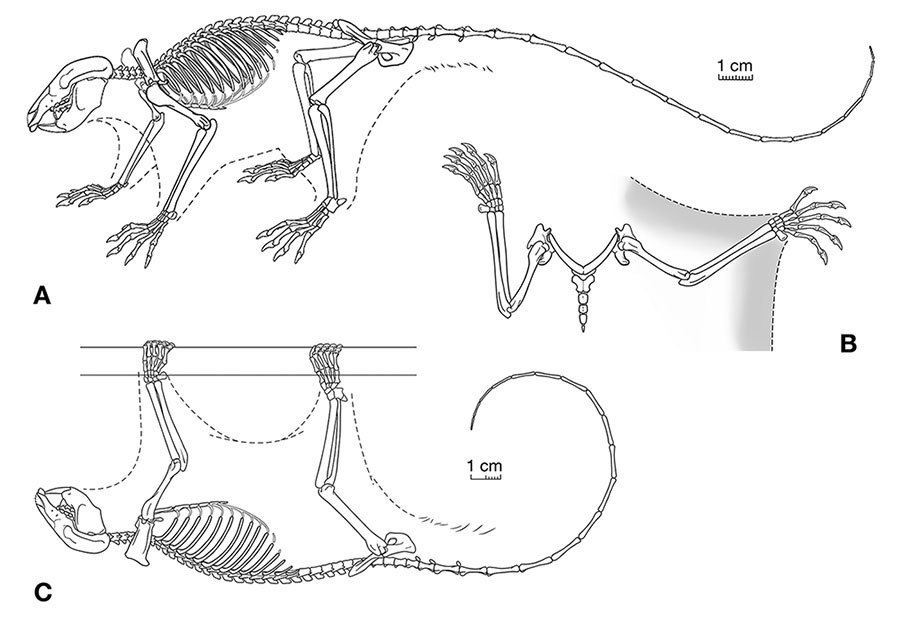
A sketch showing the anatomy of Maiopatagium furculiferum, including its (A) standing posture, (B) wishbone-like shoulder girdle and patagia, or membrane and (C) in a four-limbed suspended roosting posture.
Glider No. 2
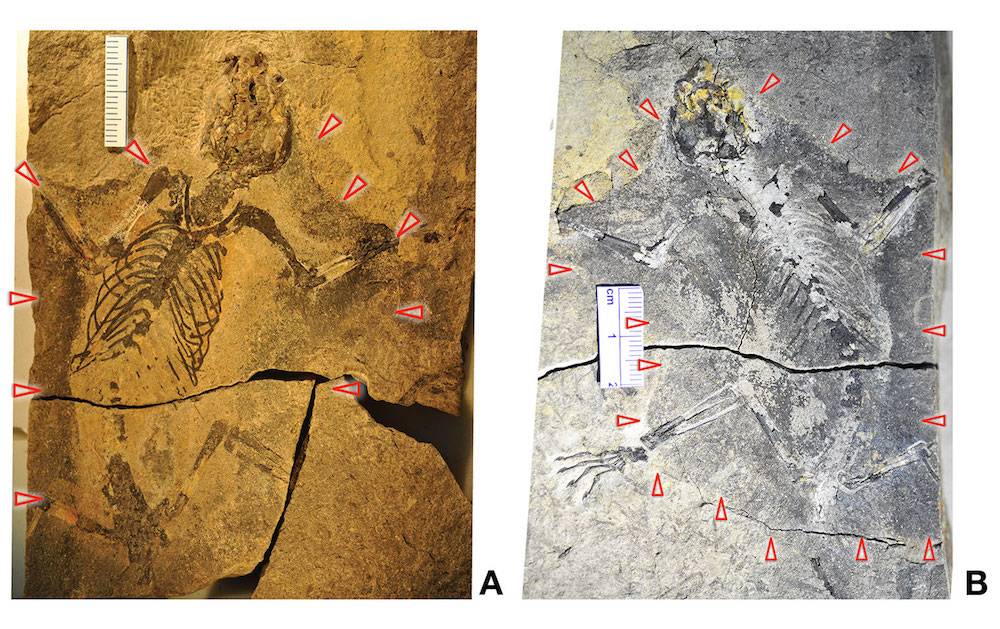
The Jurassic gliding animal Vilevolodon diplomylos, showing the fossil slab and counter-slab. The arrows point to the folds of skin that would have helped the animal glide.
Vilevolodon jaw
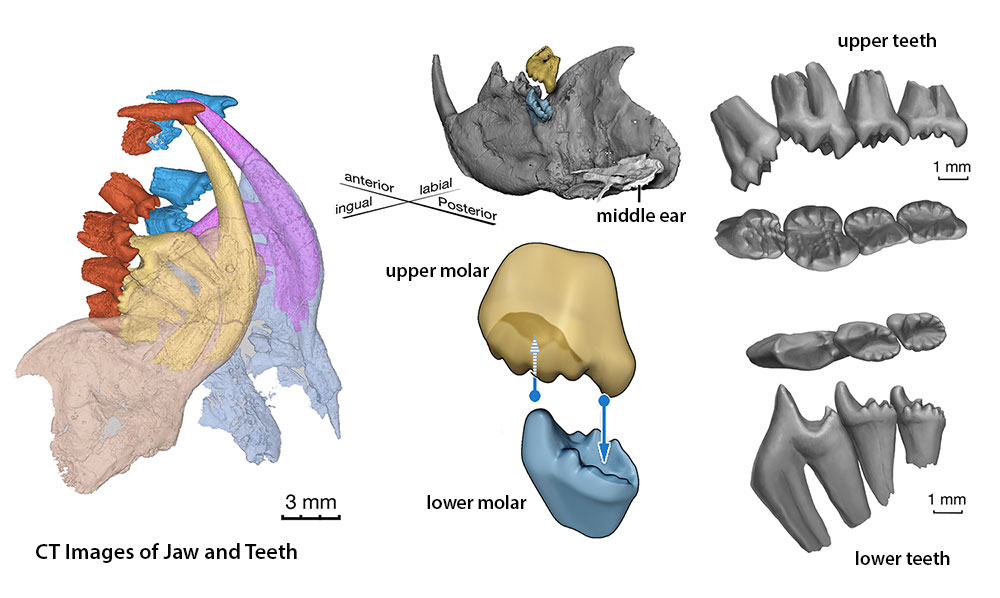
Vilevolodon diplomylos' complex teeth and jaw indicate that it was a herbivore.
In fact, the animal's teeth look like those of another arboreal mammal: the modern seed-eating squirrel, even though the two aren't related.
Get the world’s most fascinating discoveries delivered straight to your inbox.
Meal time

Vilevolodon diplomylos chews on the soft parts of a plant from the Jurassic, a period that lasted from about 199.6 million to 145.5 million years ago.
[Read the Full Story on the Furry, Flying Creatures]

Laura is the managing editor at Live Science. She also runs the archaeology section and the Life's Little Mysteries series. Her work has appeared in The New York Times, Scholastic, Popular Science and Spectrum, a site on autism research. She has won multiple awards from the Society of Professional Journalists and the Washington Newspaper Publishers Association for her reporting at a weekly newspaper near Seattle. Laura holds a bachelor's degree in English literature and psychology from Washington University in St. Louis and a master's degree in science writing from NYU.


